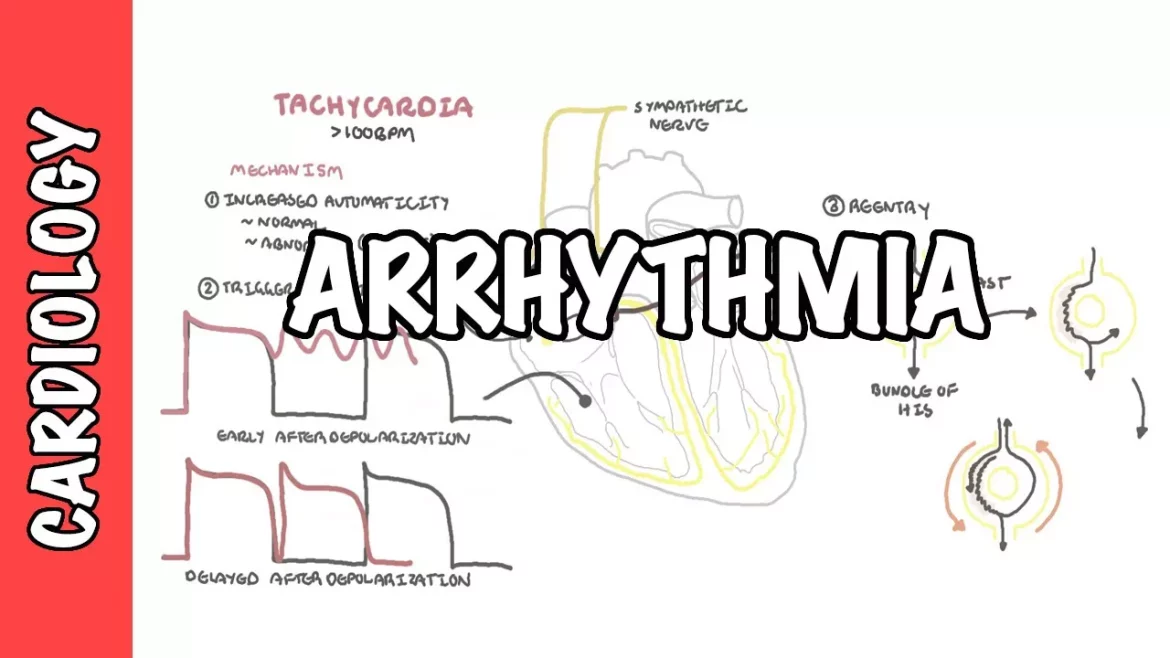Atrial fibrillation (AFib) is a common heart rhythm disorder that affects millions of people worldwide. It is characterized by irregular and often rapid heartbeats, which can lead to various complications if not managed effectively. Monitoring AFib is crucial in understanding its progression, managing symptoms, and preventing associated risks. In this comprehensive guide, we delve into the essential aspects of monitoring atrial fibrillation, including monitoring methods, key indicators to track, and the importance of regular monitoring for individuals with AFib.
Understanding Atrial Fibrillation
Before diving into monitoring practices, it’s essential to have a basic understanding of atrial fibrillation. AFib occurs when the heart’s upper chambers (atria) beat irregularly and out of sync with the lower chambers (ventricles). This irregular rhythm can disrupt blood flow, leading to symptoms such as palpitations, fatigue, shortness of breath, and chest pain. It also increases the risk of serious complications like stroke, heart failure, and blood clots.
Monitoring Methods for Atrial Fibrillation
Electrocardiogram (ECG/EKG): ECG is the gold standard for diagnosing AFib and monitoring its rhythm. It records the electrical activity of the heart, showing the pattern of heartbeats and any irregularities. Holter monitors, event monitors, and implantable loop recorders are variations of ECG that provide continuous monitoring over a period, allowing healthcare providers to capture intermittent AFib episodes.
Heart Rate Monitoring: Monitoring heart rate is crucial in AFib management. An irregular and rapid heart rate is a hallmark of AFib and can be measured using a wearable heart rate monitor or by manually checking your pulse. Keeping track of heart rate trends helps in assessing the severity of AFib and the effectiveness of treatment.
Symptom Tracking: Patients with AFib should monitor and report symptoms such as palpitations, dizziness, fatigue, chest discomfort, and shortness of breath. Tracking symptom frequency, duration, and severity provides valuable insights into AFib’s impact on daily life and helps healthcare providers adjust treatment plans accordingly.
Blood Pressure Monitoring: High blood pressure (hypertension) is a common risk factor for AFib and can exacerbate its complications. Regular monitoring of blood pressure at home or during healthcare visits is essential for managing AFib and reducing cardiovascular risks.
Key Indicators to Track
In addition to monitoring methods, certain key indicators are crucial for assessing AFib and guiding treatment decisions:
Rhythm Control: Monitoring the regularity of heart rhythm is essential in AFib management. Healthcare providers assess rhythm control through ECG recordings, looking for patterns of sinus rhythm (normal heart rhythm) and episodes of AFib. The goal is to achieve and maintain sinus rhythm to reduce symptoms and prevent complications.
Heart Rate Control: Controlling heart rate is another key aspect of AFib management. Monitoring heart rate trends helps in determining the effectiveness of rate-controlling medications such as beta-blockers and calcium channel blockers. Stable and controlled heart rates contribute to symptom relief and improve overall heart function.
Anticoagulation Therapy: AFib significantly increases the risk of blood clots and stroke. Monitoring anticoagulation therapy, usually with medications like warfarin or direct oral anticoagulants (DOACs), involves regular blood tests to assess clotting factors and ensure therapeutic levels. Maintaining optimal anticoagulation reduces stroke risk while minimizing bleeding complications.
Lifestyle Factors: Monitoring lifestyle factors such as diet, exercise, alcohol consumption, and stress levels is crucial for managing AFib. Healthy lifestyle choices, including a balanced diet, regular physical activity, limited alcohol intake, and stress management techniques, can help control AFib symptoms and improve overall heart health.
Importance of Regular Monitoring
Regular monitoring plays a vital role in the long-term management of AFib:
Early Detection: Regular monitoring helps in detecting AFib episodes early, allowing prompt intervention and preventing complications.
Treatment Adjustment: Monitoring indicators such as heart rhythm, heart rate, and symptoms enables healthcare providers to adjust medications, interventions, and lifestyle recommendations for optimal AFib management.
Risk Assessment: Monitoring helps in assessing the risk of stroke, heart failure, and other cardiovascular complications associated with AFib. This information guides preventive strategies and treatment decisions.
Patient Empowerment: Empowering patients to monitor their AFib symptoms, heart rate, and lifestyle factors promotes active participation in their healthcare, leading to better outcomes and quality of life.
Conclusion
Monitoring atrial fibrillation is a multifaceted process that involves various methods, key indicators, and regular assessments. By implementing comprehensive monitoring practices, healthcare providers can effectively manage AFib, reduce associated risks, and improve patient outcomes. Patients with AFib are encouraged to work closely with their healthcare team, adhere to monitoring protocols, and actively participate in self-care measures for optimal heart health and well-being.

